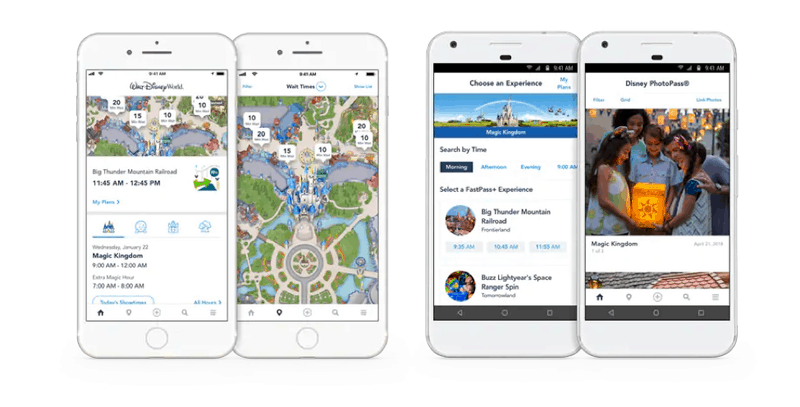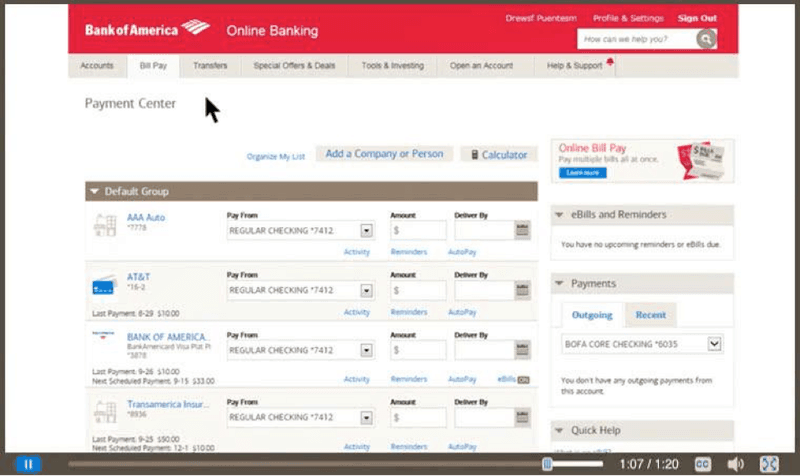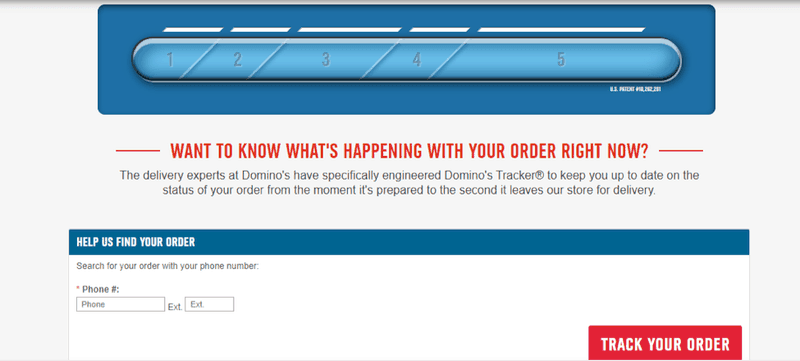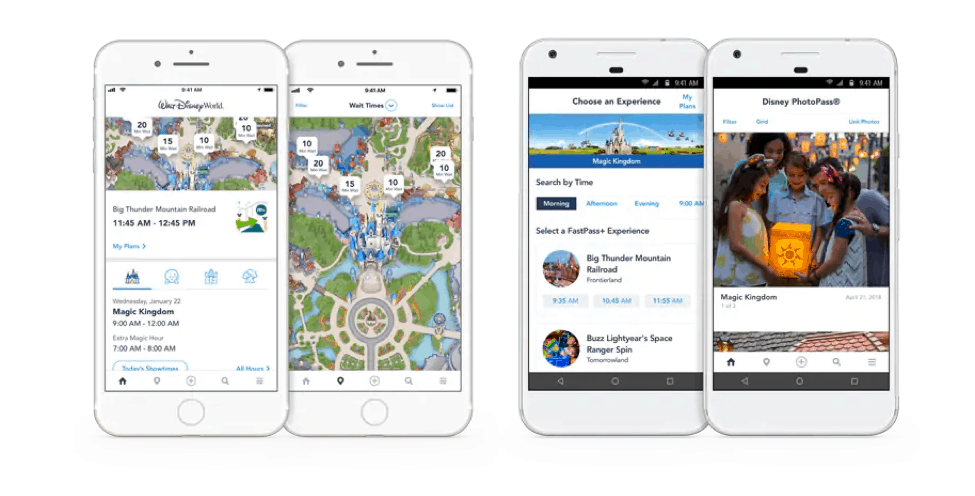Marketers must understand the importance of creating a seamless experience across all platforms. In a study done by Target Marketing, they found that 26% of people believe that an omnichannel experience is an integral part of their business.
Every step of the way, your customer needs to have access to you and your marketing. Each part of the customer journey needs to be an omnichannel experience because it creates a cohesive bond between your marketing strategy and their experience as they move through the funnel.
Utilizing email marketing allows you to further improve the process by adding another avenue of communication to create that bond. Here’s how you can do it and why you should.
What Defines an Omnichannel Experience?
Omnichannel is another way to describe “multi” channel, but they are not the same. This means that you approach your marketing across all platforms. It also means that everything the customer needs or wants is available no matter what platform they choose. In a perfect world, the customer would have a choice of how they’d contact you, do business with you, seek more information, and so on.
The most important thing to understand is the difference between a multi-channel experience and an omnichannel one. Multi-channel means having different points of contact across many platforms.
Omnichannel creates a unique and integrated experience for the platform the customer is using. This means that the experience someone has on mobile can be continued seamlessly on desktop.
Lastly, all of these platforms, while they are different, communicate information across borders to make everything seamless. If you interact with a brand on one platform, you could hop right over to another one and have the same quality experience.
Examples of Amazing Omnichannel Experiences
If it’s difficult to understand the application of an omnichannel experience, we think it would be helpful to show you some examples. These brands do an excellent job of implementing an omnichannel experience that includes email marketing.
What you’ll notice from all of these brands is that you never lose touch with them. No matter where you are, what you’re doing, or who you’re with, you have complete access to the brand, and you can do almost anything from wherever. That’s an authentic omnichannel experience.
Disney

Disney is a beautiful example of creating a perfect user experience. Each part of engaging with their brand is well designed, well thought out, and seamless. You can start on the website by booking your trip.
Once you’ve done that you can use the My Disney Experience tool to plan all the finer details of your trip. You can secure a Fast Pass, plan which parks you’ll hit and when, and even reserve tables for your meals. You can even use your phone as a hotel room key!
Disney can also send you emails updating you in the days leading up to your trip. This offers another way for them to communicate with you on a personal level.
Bank of America

Banking is getting easier and easier through the use of mobile integration. Bank of America allows consumers to do as much as possible on their own without requiring them to come to a bank.
We can pay bills, deposit checks, set automatic bill pay, and transfer money directly from our phones. Someday we expect to be able to apply for a loan without ever having to talk to anyone in person. We’ll see what happens.
Dominos

A great example of an omnichannel experience is getting you to spend as much time engaging with the brand as possible. The Domino’s app is so much fun to use that you almost want to order the pizza just to watch the timer go down. From the second you place your order, you get a play by play on when the employee is putting cheese on the pizza to the second it goes in the oven.
From the app, you can get coupons and special deals as well to save money on your purchase right away. The experience from app to web browser is identical, and you can create an account to keep track of your purchases and earn rewards points over time.
One thing we find great about Domino’s omnichannel strategy is their use of email marketing. They use email to send more deals and coupons than anyone else. Since they don’t actually engage with customers through the app, they use email to keep the communication going.
How to Develop a Seamless Omnichannel Strategy?
Now that you’ve seen some examples of an omnichannel strategy, you should have a better understanding of what it means. At this point, it’s time to start implementing this in your marketing. We’ll be focusing on an overall omnichannel strategy and how you can use email marketing to enhance it.
Pristine mobile experience
72% of mobile users say that mobile experience is the most critical factor when shopping or conducting business online. These people want to be able to do business from everywhere and anywhere. We see over time that more and more businesses are jumping on board with this, but some are still left behind.
It’s no longer an option for businesses who market to people online without a mobile-optimized website. Unless you have a completely in-store business model, you need to have a mobile-optimized website, and you need to optimize all your marketing strategies for mobile-first.
If we take this over to email marketing, how many times have you received an email containing some form of marketing material that you couldn’t open on mobile?
This mistake happens all the time. Marketers optimize everything for mobile, but they forget about their emails. Much of the time those graphics you send through on desktop aren’t viewable on mobile, so it makes the email look unprofessional.
Make sure you don’t forget to see how your emails look on mobile just as much as everything else.
Perfect user experience
Users care more now than ever about their online shopping experience. We’re seeing more and more brands customizing the experience based on the individuals wants and needs.
Look at it this way. When we go to a store, we gain that experience. We gain the process of getting ready, getting in the car, driving there, walking through the doors, smelling the smells, and hearing the sounds. We don’t get that when we shop online, and businesses need to do as much as possible to create that experience for their customers.
You should be analyzing as much data from each visitor as possible, and email marketing is a great way to do this. Collect their email, create a customer profile, and send them surveys to collect data.
Use the data
Once you’ve collected this data, you need to have a way to organize it, manage it, and use it. Make sure you have the right systems in place to store the data and keep it for quick access. One of the biggest pain points of creating an omnichannel strategy is knowing how to implement the data you receive.
When you have everything organized, you can now take that data and use it to develop a better experience for your customers.
Engage on all channels
Every time someone engages with your brand, you are boosting your reputation and creating a deeper bond with your community. You want this to happen as much as possible so engage with your audience whenever possible.
This means posting on social media, engaging with customers, commenting on their posts, and doing this across all platforms. You can use your email marketing strategy to remarket to people who engaged with you on social media. You should be creating custom audiences based on the people you’ve engaged with. There are never too many platforms to reach your audience, and the best way to keep you fresh in their mind is by being everywhere.
Utilizing Email Marketing for an Omnichannel Experience
We talked about utilizing email marketing in some of the previous examples but let’s dive in a little more. Now let’s focus on how you can use email marketing directly in your omnichannel experience.
Effective communication
Email allows you to cut through all the red tape and get down to business. Once someone signs up for your email subscriber list, they are now your lead. They are your customer, and you can market to them however you see fit.
If you’re collecting enough data from each subscriber, you can create segmented lists so you can send personalized emails to each of those lists. Personalization is the key to success with email. When you can tailor-make every email, you’ll experience higher engagement and more conversions.
Further data gathering
It’s so important to understand the data gathering process with email marketing. Once someone subscribes to your email list, you can now market to them. You have permission to send them more information. This factor is not something you should take lightly. In most countries, it’s illegal to send correspondence without consent, so you have a unique privilege here.
Use every opportunity to collect as much data from each subscriber. Find out what they like, what they dislike, what they want from you, what they expect, and so on. By gathering this data, you are learning what your ideal customers want so you can tweak the experience to give them what they want.
Advanced targeting
You can set certain trigger points all throughout your website that will send an email to subscribers who complete a certain action on your site. For example, if someone hits your website and purchases an ebook about “Five Tips to Make Money Trading Forex,” you could send them a follow-up email a day later asking if they dove into it yet.
From there, you can send them an email in five days seeing if they checked out some of the other resources on your website. You could even sell them a coaching program or webinar you conduct from your site as well. You’re creating a cohesive experience that keeps this person coming back to your website and engaging with you across multiple platforms be it, email, website, and social.
That is the true definition of omnichannel.
Better experience
Let’s face it; emails can be dry. Many businesses and marketers don’t understand how to make email engaging and interesting. Make sure you include plenty of graphics and engaging copy in your email marketing. The goal is to create the best possible experience for your audience, and you won’t be able to do that by sending them walls of text.
Make sure you aren’t overdoing it with emails as well (that’s a quick trip to the spam folder). You shouldn’t be sending more than one email every couple of days unless the individual engages back with you.
There are many laws to follow pertaining to email marketing so ensure that you have a clearly labeled opt-out button and abide by all local restrictions.
Reward your customers
Customer loyalty programs are an incredible way to offer incentives for engaging with you. You can create a special area on your website where only members are allowed access. This type of exclusivity makes it more desirable for people who aren’t members. Allow your customers to do some of the marketing for you by pushing them to promote your business in exchange for loyalty program points.
Many brands utilize something similar by offering referral bonuses or affiliate commissions. Funnel building software ClickFunnels gives you a cut of every customer who purchases the software. It’s become so powerful that some people make an entire living from promoting ClickFunnels.
You can utilize a similar structure in your business.
Final Thoughts
By this point you should understand the following:
- What is an omnichannel experience?
- What a great omnichannel strategy looks like
- How to develop an omnichannel experience?
- How to integrate email marketing into that strategy
The bridge between digital and real is becoming blurry. As this continues to happen, users will expect more and more out of their online experience. Omnichannel is the best way to provide everything the consumer wants; everywhere they want it.

